Ukraine's path to independence: the struggle for freedom over the centuries
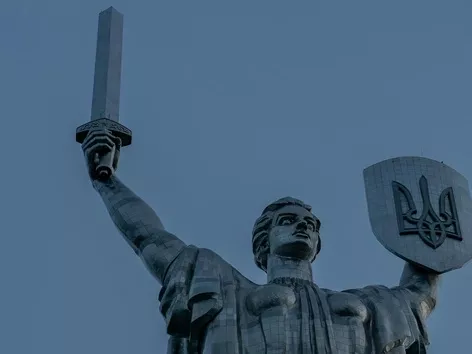
Ukraine's path to independence has been difficult and long. For many centuries, neighbouring states have been trying to seize fertile territory and annex it to their own. The war with Russia has not lasted 2 years, or even 10. Learn about all the stages of the formation of Ukrainian statehood and its struggle for independence
The Mongol-Tatar invasion
Ukraine under the rule of the Polish-Lithuanian Commonwealth
Over time, the Galicia-Volhynia state lost its position on the world stage. In search of allies, it turned to the Grand Duchy of Lithuania (then known as the Teutonic Order). The state did not have its own established cultural centre, so it adopted the Ukrainian language, writing, traditions, and ideological positions. However, in 1385, the Grand Duchy of Lithuania united with the Crown of Poland, which marked the formation of a new state - the Polish-Lithuanian Commonwealth - and a new difficult stage in the Ukrainian struggle for independence. The conflict between Ukrainians and the Polish-Lithuanian Commonwealth arose from the confrontation between Orthodoxy and Catholicism as different streams of Christianity. However, the struggle was not limited to religion. The eastern regions of the Polish-Lithuanian Commonwealth (now the territories of Lviv, Ivano-Frankivsk, Ternopil, and a number of other regions) were poorly controlled by the central government, which allowed the authorities to break the law and commit crimes against vulnerable categories of Ukrainians. The conflict peaked in 1648, when Bohdan Khmelnytsky launched a national liberation uprising that spread over large areas and made it possible to create a new Ukrainian state, the Hetmanate.
March articles - Ukraine as part of Muscovy and Bohdan Khmelnytsky's mistake
Bohdan Khmelnytsky was looking for a strong ally to help him withstand the struggle against the Polish-Lithuanian Commonwealth. He decided to turn to his eastern neighbour, the Muscovy. At first glance, the deal was favourable: the Muscovites did not humiliate the Orthodox, and they were relatively far away, so it was inconvenient to interfere in state affairs. However, this is only at first glance... 1654 was the beginning of the confrontation between Ukrainians and Muscovites. Later, it was this agreement that led to the division of Ukrainian lands between the Polish-Lithuanian Commonwealth and the Muscovy, the burning of Ukrainian hetman capitals, and the destruction of the last Sich on the Dnipro. This is the reason why the occupiers are motivated even now, talking about the ‘little brother’: only 300 years ago they ‘protected’ the Orthodox, and now they are ‘protecting the Russian-speaking population’.
Visit Ukraine on social media: Telegram | YouTube | Instagram | Facebook | Twitter | TikTok
Ukraine as part of the USSR and World War II
After the collapse of the Russian Empire, the Bolsheviks came to power in Moscow. Ukrainian politicians tried to negotiate, but the Muscovites delayed the process as much as possible. Finally, a historic decision was made: the Third Universal proclaimed the Ukrainian People's Republic in November 1917. However, it was too late... Russian troops were already preparing to attack Kyiv. Students and cadets fought them in January 1918 near the village of Kruty - only a few survived. This day still remains one of the most terrible pages of the Ukrainian struggle. After that, there were dekulakisation, genocide, several famines, the worst of which was in 1932-1933, executions of Ukrainian intellectuals, exile in Siberia, and ‘black funnels’, after which almost no one returned home.
The war of 2014-2024
In 2014, war came to Ukraine again. It came unexpectedly, starting with a peaceful protest by Ukrainian students who wanted Ukraine to join the European Union. On 20 February 2014, 107 lives were cut short by a sniper's bullet - now we know them as the Heavenly Hundred. A month later, Russian tanks entered the territory of Donetsk and Luhansk regions. The anti-terrorist operation in the east lasted for 10 years, and on 24 February 2024, Ukraine woke up to the sound of explosions.
‘Chuhuiv airport is no more,’ Kharkiv residents read...
‘Missiles are flying towards Kanatovo,’ residents of Kropyvnytskyi saw...
‘It is no longer possible to drive across the bridge’, - said the residents of Kherson...
Visit Ukraine specialists will help you organise an individual tour or a tour for a group of people (Telegram | WhatsApp). Please contact us with questions, comments and suggestions to make your trip as comfortable and safe as possible.
Want to know more? Read the latest news and useful materials about Ukraine and the world in the News section.
We recommend purchasing it for a safe and comfortable trip to Ukraine:
Visit Ukraine Insurance – safe travel in Ukraine (insurance covering military risks);
Visit Ukraine Tours – the largest online database of tours to Ukraine for every taste;
Visit Ukraine Hotels – hotels for a comfortable stay in Ukraine;
Visit Ukraine Merch – patriotic clothing and accessories with worldwide delivery.
© 2018-2024, Visit Ukraine. Use, copying or reprinting of materials on this site is permitted only with a link (hyperlink for online publications) to Visit Ukraine.
All rights reserved.
Recommended articles
2 min
Documents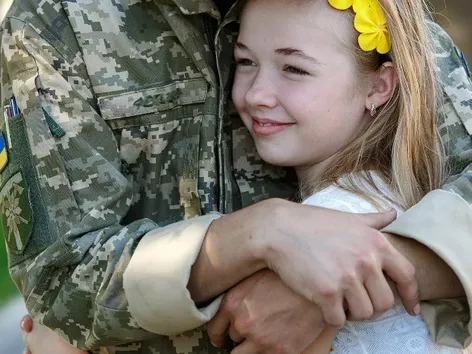
Military leave: how to go abroad and what you need to do
On May 18, a new law on mobilization and military service came into force, which changed the procedure for military registration, conscription and increased sanctions for evaders. Find out more about whether the changes affect the rules for servicemen to travel abroad during their leave and what documents are required for this
13 Aug. 2024
More details2 min
How to get there?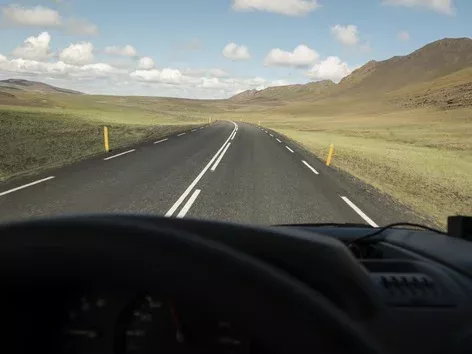
When planning a trip to Austria by car, it is necessary to choose a convenient route in advance and get acquainted with the rules for drivers in the country. Find out more about the necessary documents, convenient routes and the main provisions of the traffic code in Austria
12 Aug. 2024
More details1 min
Popular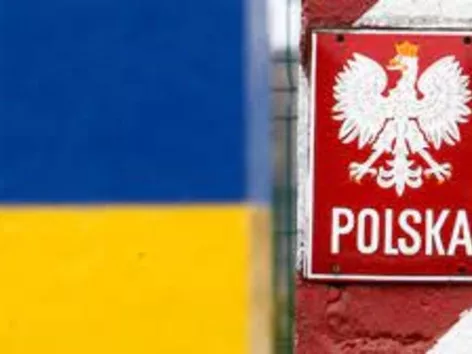
A temporary checkpoint will be opened on the border with Poland
An additional crossing point will be opened on the border with Poland from August 16 to 17 as part of the European Neighborhood Days. Find out when and where you can use the additional crossing point in the Belzka Hromada
14 Aug. 2024
More details2 min
Popular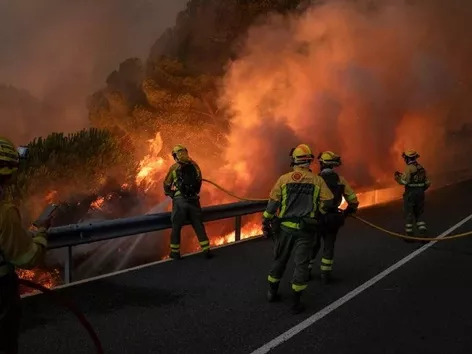
Extreme heat and wildfires: new threat warning for Europe
Extreme heat and wildfires pose a serious threat to Southern Europe. The authorities are forced to impose new restrictions and evacuate the population due to the increased risks to citizens. Find out about safety measures and risks for tourists and locals in Greece, Spain, Portugal, Albania and Croatia
14 Aug. 2024
More details

